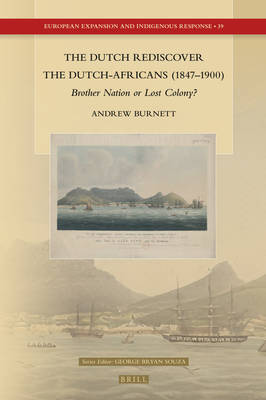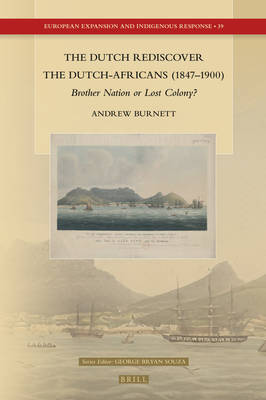
- Afhalen na 1 uur in een winkel met voorraad
- Gratis thuislevering in België vanaf € 30
- Ruim aanbod met 7 miljoen producten
- Afhalen na 1 uur in een winkel met voorraad
- Gratis thuislevering in België vanaf € 30
- Ruim aanbod met 7 miljoen producten
Zoeken
€ 181,95
+ 363 punten
Omschrijving
Were the Dutch-Africans in southern Africa a brother nation to the Dutch or did they simply represent a lost colony? Connecting primary sources in Dutch and Afrikaans, this work tells the story of the Dutch stamverwantschap (kinship) movement between 1847 and 1900. The white Dutch-Africans were imagined to be the bridgehead to a broader Dutch identity - a 'second Netherlands' in the south. This study explores how the 19th century Dutch identified with and idealised a pastoral community operating within a racially segregated society on the edge of European civilisation. When the stamverwantschap dream collided with British military and economic power, the belief that race, language and religion could sustain a broader Dutch identity proved to be an illusion.
Specificaties
Betrokkenen
- Auteur(s):
- Uitgeverij:
Inhoud
- Aantal bladzijden:
- 332
- Taal:
- Engels
- Reeks:
- Reeksnummer:
- nr. 39
Eigenschappen
- Productcode (EAN):
- 9789004521223
- Verschijningsdatum:
- 28/07/2022
- Uitvoering:
- Hardcover
- Formaat:
- Genaaid
- Afmetingen:
- 155 mm x 234 mm
- Gewicht:
- 635 g

Alleen bij Standaard Boekhandel
+ 363 punten op je klantenkaart van Standaard Boekhandel
Beoordelingen
We publiceren alleen reviews die voldoen aan de voorwaarden voor reviews. Bekijk onze voorwaarden voor reviews.








